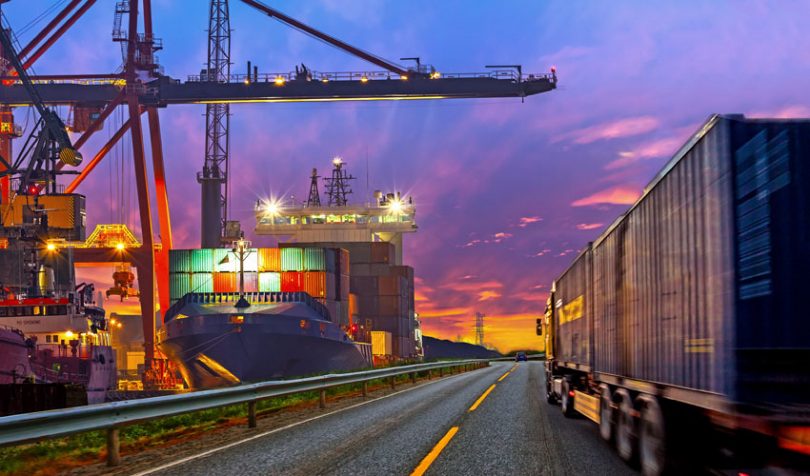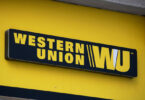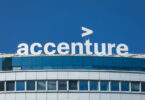Kuehne + Nagel is using blockchain in its Verified Gross Mass (VGM) Portal. Since 2016 all containers have to have their mass verified before they can be loaded onto a ship. The VGM Portal processes 800,000 transactions per month. The company stated the benefits for customers are tamper-proof sharing of information which provides improved efficiency and enhanced transparency. Plus they can view the history.
While the blockchain is live, it is currently running in parallel to the centralized database to ensure zero downtime.
Kuehne + Nagel is the number one sea freight forwarding company in the world. And in air freight, they’re number two.
“Kuehne + Nagel engages in a number of blockchain projects with customers, suppliers and governmental bodies addressing industry challenges in various domains, as the full potential of blockchain can only be exploited when collaboratively working together with business partners,” said Martin Kolbe, CIO of Kuehne + Nagel International.
“Our involvement in a consortium engaged in the digitalisation of bill of ladings for sea freight is the best example. Operating the VGM Portal on blockchain in an operational high volume environment delivers valuable learnings and expertise for the development of joint blockchain applications.”
Bill of lading consortium with Accenture
The bill of lading project referred to Kuehne + Nagel’s participation in an Accenture consortium that piloted shipping beer for Anheuser-Busch InBev. Dr. Ole Ottemoeller, Blockchain specialist at Kuehne + Nagel, provided further details to Ledger Insights: “The parties have continued to work together focusing on the design and governance of an open platform to not only transform the way processes are today but also encourage innovative services.”
He continued about the hot topic of governance: “One of the guiding principles is that ownership of the platform will not be restricted to the founding parties. The governance model will ensure that additional partners will be able to join with equal rights and obligations.”
“Also, it is important to mention that there is no intention of creating an additional revenue stream from the solution itself, apart from covering the operational and development costs.”
Technology
The freight forwarder designed the VGM solution with privacy and confidentiality in mind. However, all the data is stored on-chain. No doubt, the information is encrypted and only available to those with permission.
The solution was developed in-house by their sea freight experts and IT team and is hosted in an on-premise production environment. Kuehne + Nagel (KN) hosts its own nodes, but partner nodes can be hosted in any form.
Ledger Insights received an emailed response to a written question: What is the blockchain technology that was used? Dr. Ottemoeller replied: “Hyperledger Fabric, but without any further commitments to this specific blockchain software.”
Asked about what they’d learned, KN suggested Hyperledger Fabric should only be used for applications with limited complexity, for now. They also stated that automation of maintenance and IT operations were a challenge.
However, Dr. Ottemoeller is optimistic about the future: “Developments in the Hyperledger Fabric project suggest that the technology will reach the necessary maturity in the near future, even for more complex scenarios.”
Other initiatives
The highest profile trade initiative is the IBM/Maersk TradeLens platform. However, it appears that Kuehne + Nagel is not currently participating as they would have been mentioned in the August announcement. Their comments on the Accenture consortium reinforce this. Another major project is the Singapore-based Open Trade Blockchain platform. But there are numerous other blockchain trade systems as many countries such as Australia and the UAE are developing their own.







